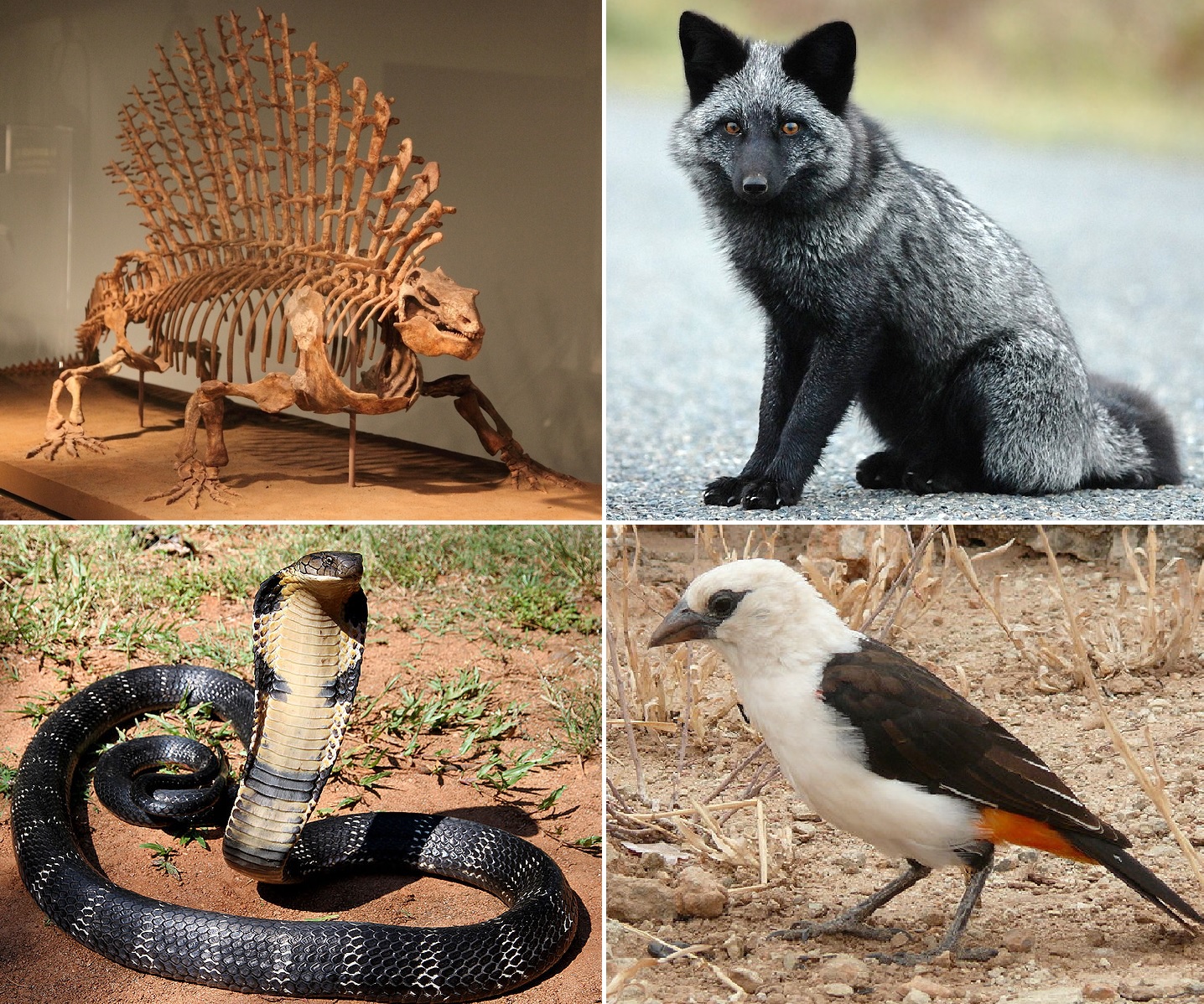#amniote

Amniote
Clade of tetrapods including reptiles, birds and mammals
Amniotes are tetrapod vertebrate animals belonging to the clade Amniota, a large group that comprises the vast majority of living terrestrial and semiaquatic vertebrates. Amniotes evolved from amphibian ancestors during the Carboniferous period and further diverged into two groups, namely the sauropsids and synapsids, an event that marks the appearance of Amniota, according to the definition established under the PhyloCode. This basal divergence within Amniota has been dated by molecular studies at 310–329 Ma or 312–330 Ma, but the presence of Hylonomus at Joggins implies a minimal age of about 317 Ma. A fossilized birth-death process study of early amniotes suggested an age of 322–340 Ma. Amniotes are distinguished from the other living tetrapod clade — the non-amniote lissamphibians — by the development of three extraembryonic membranes, thicker and keratinized skin, and costal respiration. Additional unique features are the presence of adrenocortical and chromaffin tissues as a discrete pair of glands near their kidneys, which are more complex, the presence of an astragalus for better extremity range of motion, the diminished role of skin breathing, and the complete loss of metamorphosis, gills, and lateral lines.
Yesterday
Provided by Wikipedia
This keyword could refer to multiple things. Here are some suggestions: